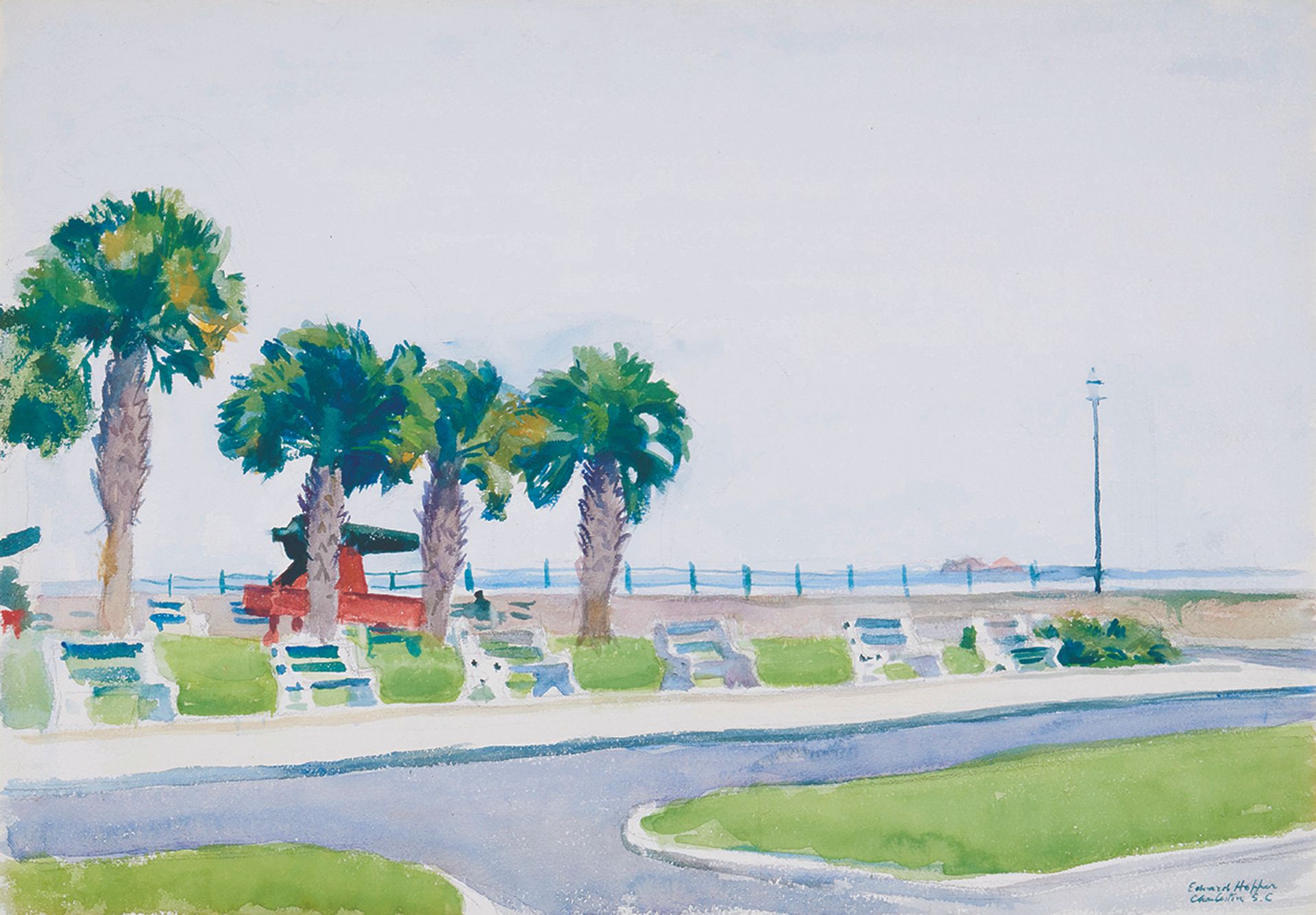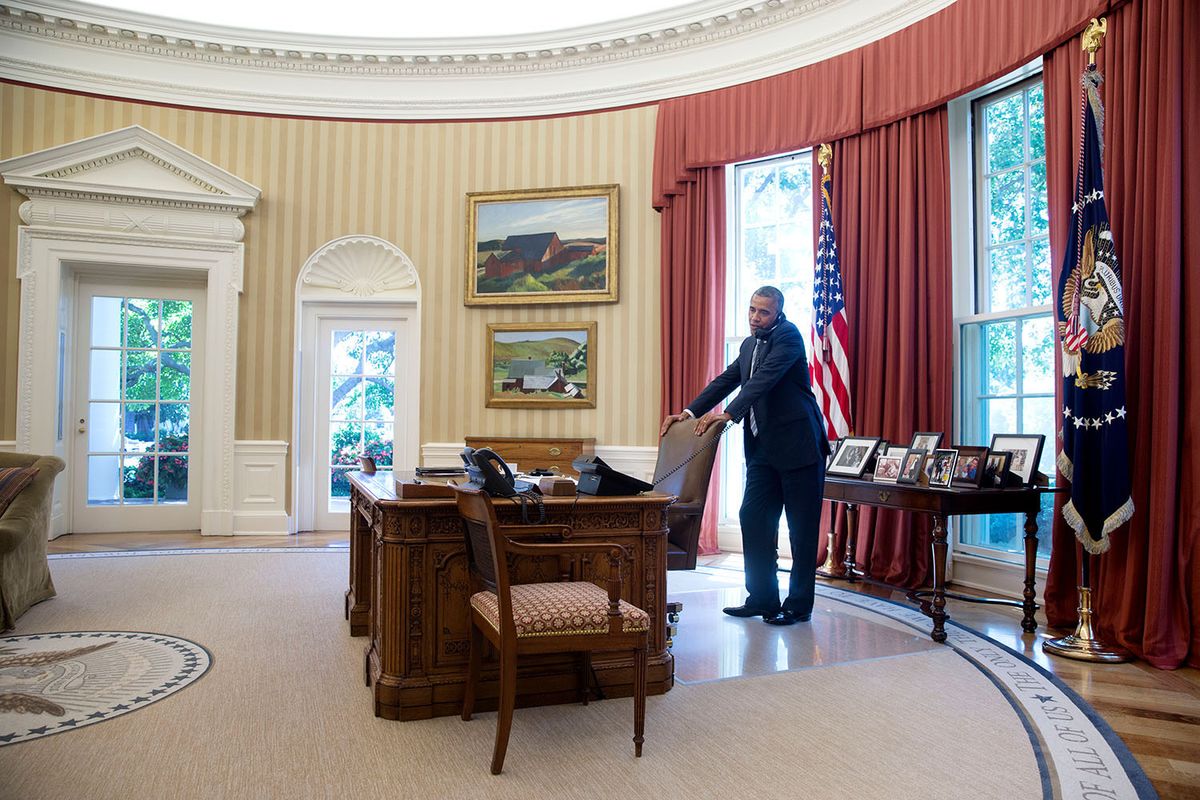The decision by the Whitney Museum of American Art in New York to deaccession four works by Edward Hopper—including a major oil painting—at Sotheby’s New York spring sales next month has renewed long-standing concerns about the museum’s custodianship of its historic Hopper bequest.
The Whitney has the world’s largest collection of Hopper’s work, thanks to a huge bequest from the artist’s wife Jo, who left more than 3,000 works by her husband to the museum on her death in 1968. The Art Newspaper understands that the Whitney’s collection of Hoppers accounts for around 10% of all the works that the museum holds.
In recent years, the museum has reasserted its leading position as the
custodian of the artist’s work and archives with the exhibition Edward Hopper’s New York (19 October 2022-5 March 2023), which drew on its “extensive holdings” and the “recently acquired Sanborn-Hopper archive”, according to the museum’s website.
Of the four Hopper works coming to Sotheby’s, the most significant is the oil painting Cobb’s Barns, South Truro (1930-33), which will be offered for between $8m and $12m in the auction house’s Modern art evening sale on 16 May. The painting has an illustrious exhibition history, having been one of just two Hoppers to be loaned to the White House in 2014 during Barack Obama’s presidency; it hung in the Oval Office. It is “notably large, almost monumental in size, for the artist’s oeuvre”, according to Sotheby’s American Art department head Kayla Carlsen. It was also included in a recent major survey of Hopper’s landscape paintings at the Fondation Beyeler in Basel, Switzerland.
Less of the same
The Whitney will now dispose of Cobb’s Barns along with three Hopper watercolours—each estimated between $500,000 and $700,000—and two works each by John Marin and Maurice Brazil Pendergast following “an in-depth multi-year study of its collection”, according to a statement from the Whitney. Proceeds from the sale will go to “support future acquisitions” and “build and expand its collection”. The Hopper works were found by Whitney stakeholders to be “duplicative within the collection”, according to the same statement.
The Whitney’s collection management policy statement stipulates that objects can be deaccessioned if they are “an unnecessary duplicate of other objects in the collection, including objects which are repetitive of similar themes in a similar medium”.
But according to The Art Newspaper’s research, the notion of “duplicative” works can be challenged in this case, especially as Hopper was not an artist thought by experts to make duplicates of the same scene, save for one oil he produced of a view in Gloucester, Massachusetts that he based on a previous watercolour. The view in Cobb’s Barns exists nowhere else among Hopper’s paintings. While the artist made more than one image of these barns in his lifetime, other works of the same subject portray a different selection of buildings, different times of day and different stretches of the Cape Cod landscape.
Of the three watercolours, The Battery, Charleston, S.C. (1929) is singular in Hopper’s work, being the only watercolour the artist made of the location, itself a significant historical site that was home to forts used in the American Revolution and later to a Civil War artillery battery. It is one of just three Civil War-themed watercolours he made in his lifetime.

A one-off: Hopper’s The Battery, Charleston, S.C. (1929), one of the three watercolours the Whitney is sending for auction to Sotheby’s in May, is the only watercolour the artist ever made of the location and one of only three US Civil War-themed watercolours by him © Heirs of Josephine Hopper
Red Barn in Autumn Landscape (1927), meanwhile, is one of around two dozen watercolours that Hopper made in Vermont, where he and Jo spent several consecutive summers in search of new landscapes to paint. Red Barn in Autumn Landscape is also one of his only barn paintings from the 1920s, a period in which barns became an important national symbol in American art. Nonetheless, according to a Whitney spokesperson, the museum has “much stronger examples of Hopper’s work for the time periods and particular subject matter reflected in the deaccessioned works, including two stronger paintings of Cobb’s Barns”.
This is not the first time the Whitney has come under scrutiny for its treatment of the Jo Hopper bequest. It also faced criticism after discarding or donating to local hospitals the majority of the works painted by Jo Hopper included in her bequest; today, only one of her works is listed in the museum’s collection.
Writing for the New York Times in 1971, the eminent American art critic Hilton Kramer questioned the Whitney’s decision to “retain only a certain portion of the Hopper bequest for its permanent collection”, and predicted that the rest will be gradually “put up for sale on the open market … to keep the (high) price of Hoppers from suffering any precipitous decline”. He termed “what the Whitney itself describes as ‘the most important bequest of an American artist’s work to a museum’” as “a kind of fundraising project”.
In 2020, at the height of the coronavirus pandemic, the Association of Art Museum Directors loosened its regulations on US museums deaccessioning works to allow for proceeds to be used for the “direct care” of their permanent collections. Previously, the guidelines required that the income generated from selling works was to be spent on additional art purchases.
At the time, the Whitney’s director Adam Weinberg told the industry newsletter The Baer Faxt that he was “open” to the idea of deaccessioning and that the museum was undergoing a “three-year review” of the collection.
However, in 2013, the Whitney had already consigned two watercolours by Hopper from the bequest, including Church in Eastham (1948), to sale at Sotheby’s with an estimate of $2m to $3m. The work failed to find a buyer and was put up for auction again in 2016 with a lower estimate of $600,000-$800,000. It once more failed to sell and was bought in.
Carlsen says that this New York auction season—which also sees two Hoppers offered from the Paul G. Allen collection at Christie’s on 11 May—will be the first “major moment” for Hopper’s market since the Whitney’s exhibition. “Cobb’s Barn is from his prime period,” she says. “It will certainly raise attention in the market.”


